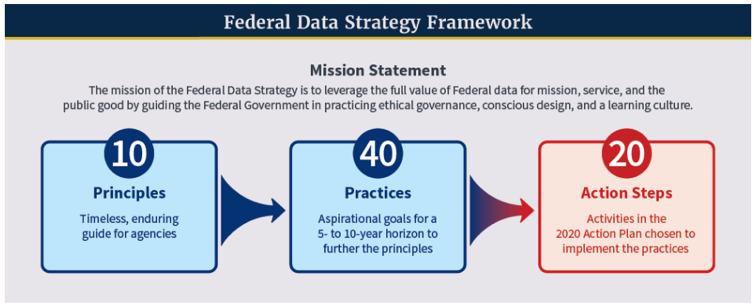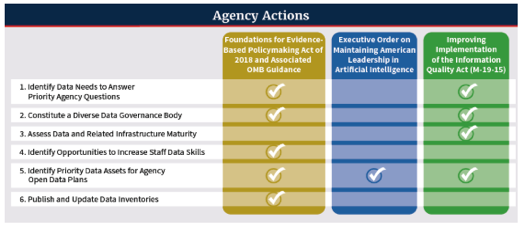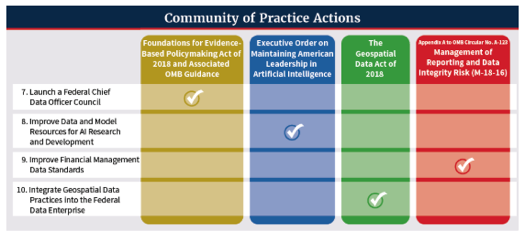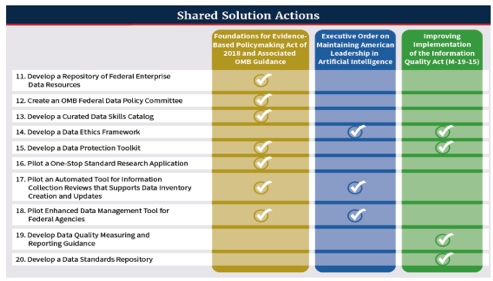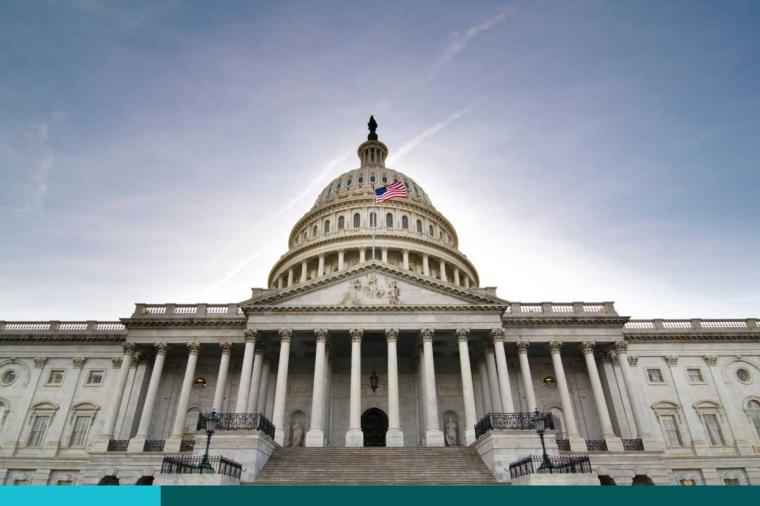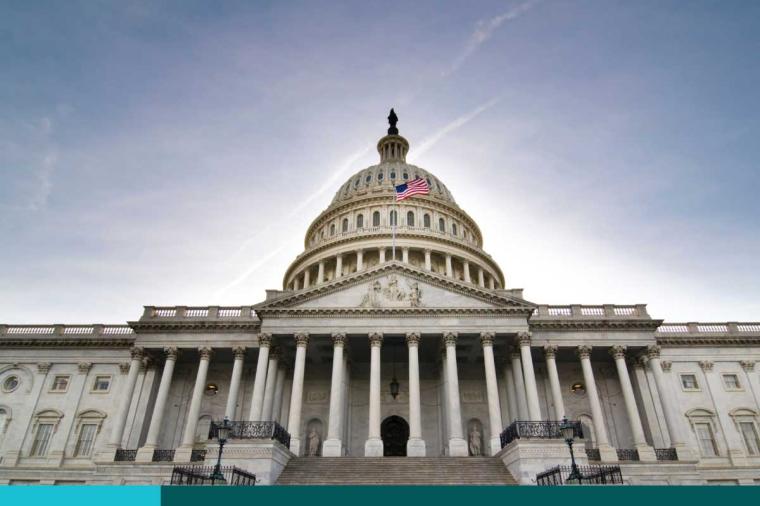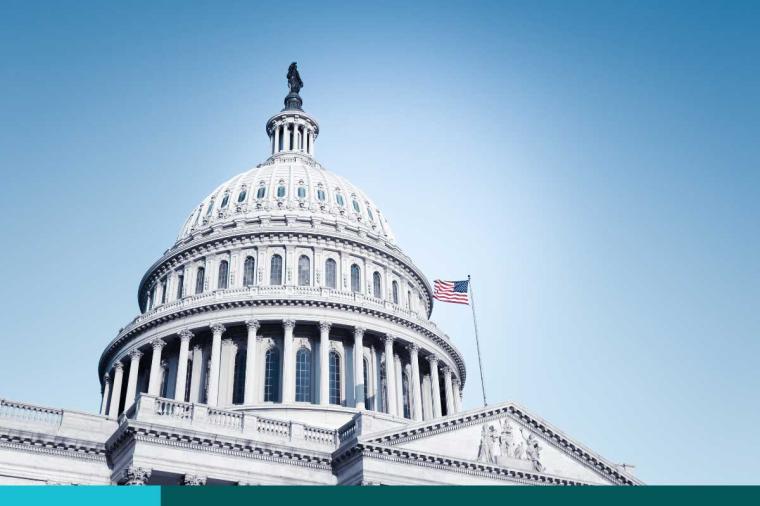The Federal Data Strategy Action Plan: A Path to AI Enablement
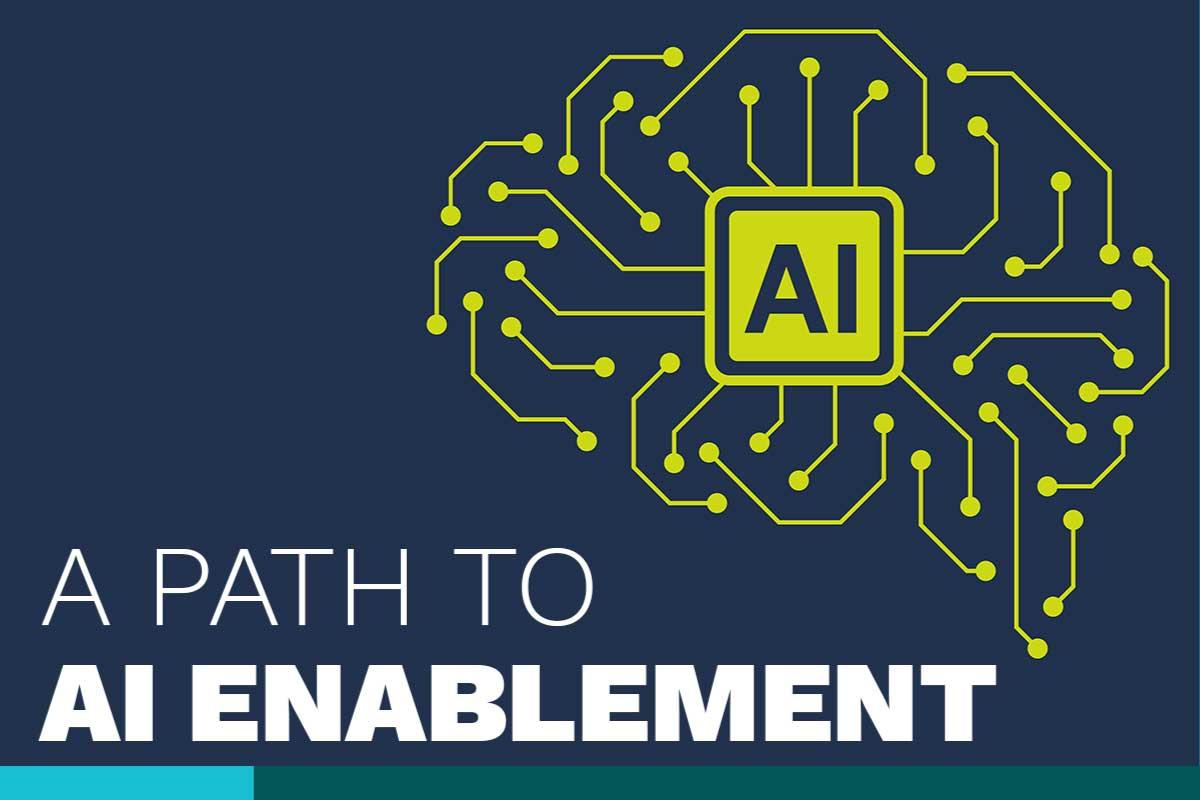
Since the release of the final Federal Data Strategy Action Plan (henceforth FDSAP) the end of last year, much has been written about the Federal Data Strategy. However, little has been written to connect the important role it can play in enabling the adoption of AI within the federal public sector. One of the most critical components associated with “AI enablement” in the federal public sector is organizations (1) having a data infrastructure (information architecture) that can handle the required workloads (storage, compute, streaming data services, etc.) and (2) having the requisite maturity in their approach to information management so that pilots or POCs - which will be the common pathway to introduce the power of these game changing methodologies and solutions – can migrate seamlessly into production at the enterprise level with the requisite data quality, security and transparency to instill confidence and trust. While the first item relates foremost to technology (enabling solutions), the second relates to the proverbial people and process issues, which arguably are the more difficult elements to work through. Moreover, the latter pose major roadblocks to AI adoption in the public sector and is precisely why the FDSAP can add great value in furthering the process to modernize how government organizations operate. How is this the case? First, let me begin by clearly delineating how people and processes equally pose roadblocks to AI enablement. Second, I argue that the action items stipulated in the FDSAP create the opportunity to work through these roadblocks and if done successfully, go a long way to promote the requisite cultural change within public sector organizations to leverage data and enable AI more generally.
To begin, the crux of the issue involves change management. People and processes pose roadblocks to progress, because individuals by and large are resistant to change. AI workflows change business processes and transforms operations. AI optimizes processes, by making them more efficient to accomplish mission objectives (think improved performance KPIs, ROI, cost reductions, etc.). It changes how people work – what they do on a day to day basis and how they do it. Re-engineering processes can even cross traditional departmental and agency barriers (even more complicated to negotiate). To do well, working through process change requires input and buy-in from the very stakeholders responsible for supporting these key activities. Herein is the key ingredient to success. By engaging the stakeholders in the evaluation, redesign, and prioritization process (where to start, low hanging fruit opportunities, etc.), they are in effect, directly engaged to help "lead" and "own" re-engineering and change management. Overtime, these actions have a mutually reinforcing positive influence in changing the culture to be process focused and data driven – both critical to make AI pilots/POCs successful and swiftly adopted across the enterprise.
This relationship is captured in Figure 1. As mission objectives are the first key driver in the process. The identification of key agency business processes stem from mission objectives. Key agency processes are sustained by the data used to support them – in the systems and applications used to support mission objectives. The applications and systems used and the type of workloads and data they utilize, are all key to modernizing agencies. Re-engineering processes and data to support them are key to driving change and maturing organizations.
So how can the FDSAP help facilitate process engineering and AI enablement more generally? The FDSAP has the potential to create a virtuous cycle depicted in Figure 1 (the light blue interconnected processes). The FDSAP has created the institutional mechanisms designed to increase collaboration within and between agencies on issues related to data and pressing priorities. Though an unfunded mandate, agencies are required to hire/designate CDOs, responsible for coordinating and leading initiatives within their respective organizations. The Federal Data Strategy Framework involves 10 guiding principles, 40 recommended practices and 20 action steps to be executed over the next year. See Figure 2 below. The FDSAP is designed to help agencies "mature" their respective approach to the utilization of data and information management more generally.
The 20 action steps in the FDSAP are organized along three categories: specific agency action items, community of practice action and shared solutions actions. See Figures 3-5 below. Many of the actions, if not all, will require collaboration across agency staff to discuss current and future state processes and the data used to support them.
The criticality of AI systems is quality data and access to it. All business processes are enabled by data. Re-engineer a business process, the functional change will have downstream effects on critical data used to support the operations. Accessing and sharing data can be difficult. However, the CDOs, data governance bodies and councils created as part of the FDSAP will have the mandate to review and collaborate on data issues and by design the critical business processes that depend upon the data. But the key to success will be the ability for agencies to identify and execute on opportunities that add value to their respective organizations. Without leadership support and organizational discipline to focus on opportunities that add value to an organization — i.e., business processes in need of re-engineering to modernize operations — the FDSAP will not live up to its promise and become another unfunded mandate that doesn’t deliver upon its intended benefit. Consequently, AI enablement will be hindered in the process.
TD SYNNEX Public Sector is committed to helping all government agencies succeed in their efforts to modernize operations, mature their data programs, information architecture, as well as enable their AI journeys. We know how to advise agencies where and how to get started and deliver success. Contact Sherry Bennett for more information.
*References
Figure 2: Federal Data Strategy: Leveraging Data as a Strategic Asset
https://strategy.data.gov/overview/
Figures 3-5: Federal Data Strategy: Leveraging Data as a Strategic Asset
https://strategy.data.gov/action-plan/

